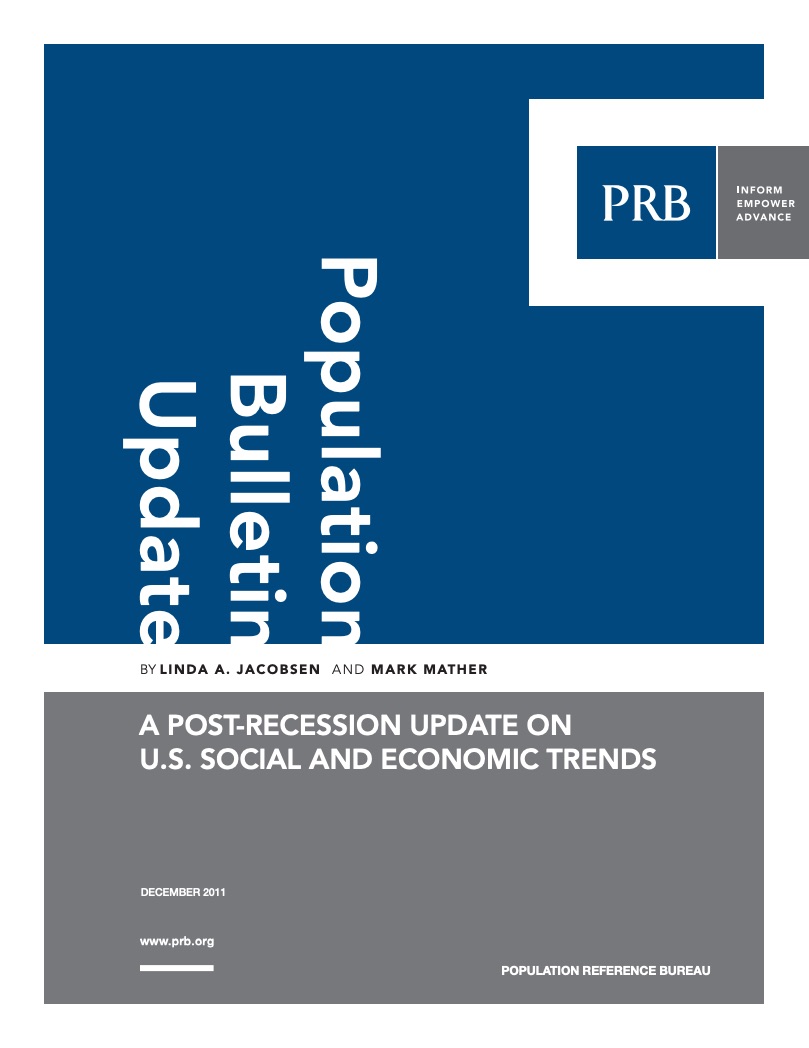467 Search Results Found For : "Aseguradoras de coches Pittsburg CA llama ahora al 888-430-8975 Seguro completo para autos Seguros automoveis Coberturas de seguros para autos Seguro coche y moto Seguros para carros economicos Seguros america"

A Post-Recession Update on U.S. Social and Economic Trends
A New Way to Address Poverty Alleviation
(2006) Over the past decade, a growing number of small population-environment field projects, funded principally by the David & Lucile Packard Foundation and the U.S. Agency for International Development (USAID), have achieved not only their main goals—which varied from increasing child immunization and family planning to protecting mangrove forests—but also helped reduce poverty within project areas.
U.S. Marriage, Divorce, Childbearing Trends Bring New Risks for Parents, Children
(2015) Three presentations about increased childbearing outside marriage, more parents with children from more than one partner, and a shrinking share of married people in the U.S. population have brought new complexity to U.S. family life, and risks for the health and well-being of children and parents.
Earthquake Magnifies Haiti’s Economic and Health Challenges
Even before the massive earthquake in January 2010, Haiti's nearly 10 million people ranked as the poorest in the Western Hemisphere.
U.S. Women Delay Marriage and Children for College
(2011) Being a college student often means living at a subsistence-level income and suspending some big life decisions and events—like getting married and having children. But while women may delay marriage and children to pursue a degree, women with at least a bachelor's degree are actually more likely to get married than women with less education and are more likely to wait until marriage to start a family.


